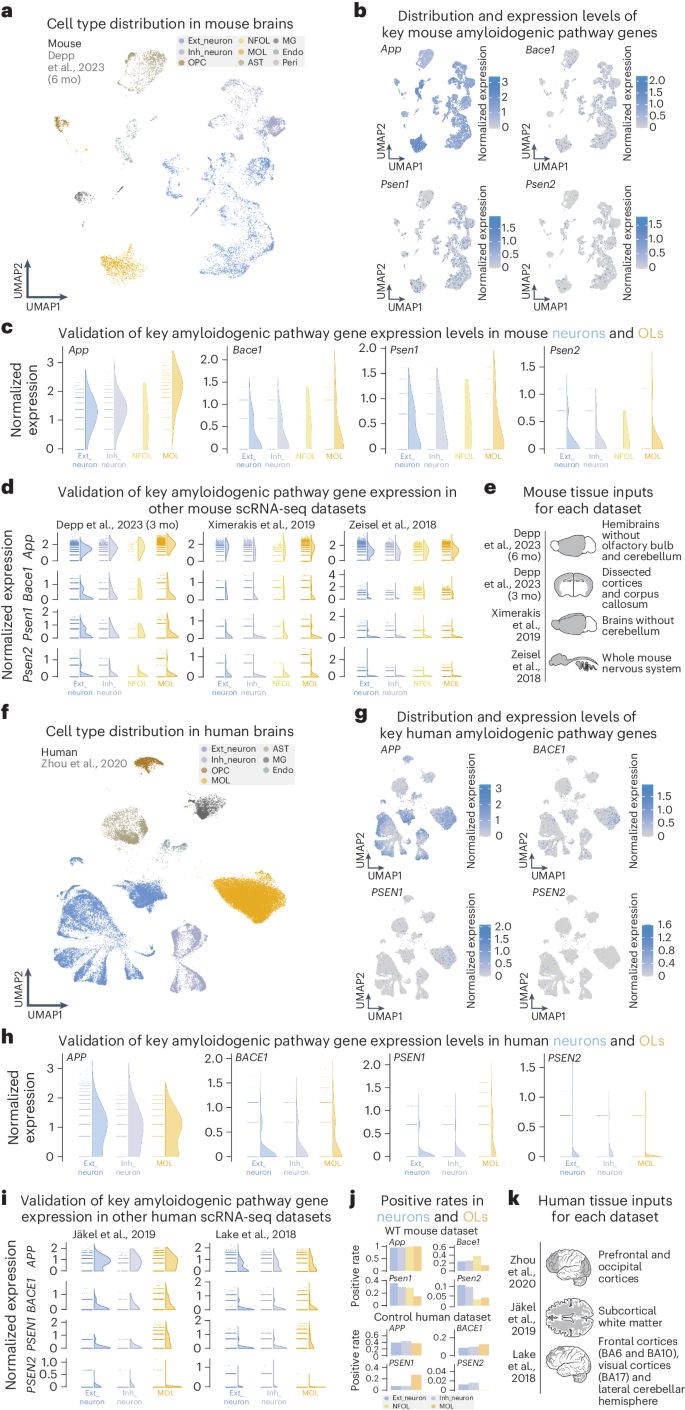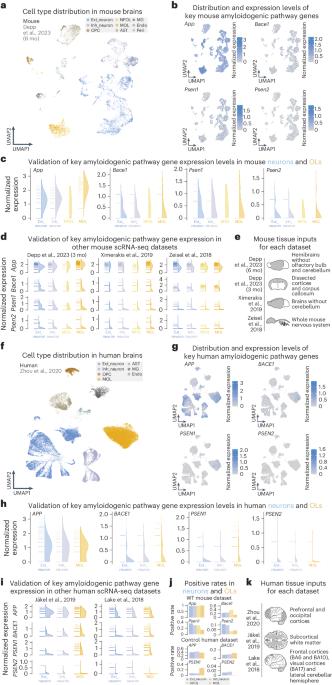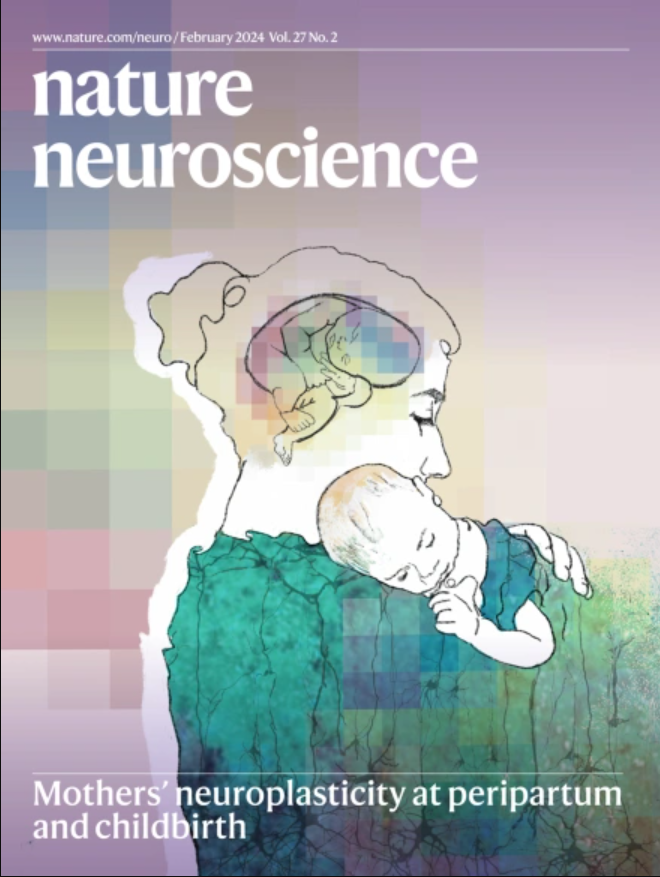在阿尔茨海默病模型小鼠体内,少突胶质细胞与神经元一起产生淀粉样蛋白-β并促进斑块形成
IF 21.2
1区 医学
Q1 NEUROSCIENCES
引用次数: 0
摘要
在阿尔茨海默病(AD)中,淀粉样蛋白-β(Aβ)被认为来自神经元。然而,淀粉样前体蛋白(APP)和淀粉样蛋白酶的转录本在少突胶质细胞(OL)中同样丰富。通过在人源化基因敲入型AD模型APPNLGF中细胞特异性地缺失Bace1,我们证明了少突胶质细胞和神经元对Aβ斑块负担的贡献。为了使斑块快速播种,兴奋性投射神经元必须提供一定阈值水平的 Aβ。最终,我们的研究结果将对AD的预防和治疗策略具有重要意义。本文章由计算机程序翻译,如有差异,请以英文原文为准。


Oligodendrocytes produce amyloid-β and contribute to plaque formation alongside neurons in Alzheimer’s disease model mice
Amyloid-β (Aβ) is thought to be neuronally derived in Alzheimer’s disease (AD). However, transcripts of amyloid precursor protein (APP) and amyloidogenic enzymes are equally abundant in oligodendrocytes (OLs). By cell-type-specific deletion of Bace1 in a humanized knock-in AD model, APPNLGF, we demonstrate that OLs and neurons contribute to Aβ plaque burden. For rapid plaque seeding, excitatory projection neurons must provide a threshold level of Aβ. Ultimately, our findings are relevant for AD prevention and therapeutic strategies. In Alzheimer’s disease, neurons are considered the sole source of amyloid-β (Aβ) peptides that form plaques. Here the authors show that oligodendrocytes, the myelinating glial cells of the brain, also contribute to Aβ plaque burden alongside neurons.
求助全文
通过发布文献求助,成功后即可免费获取论文全文。
去求助
来源期刊

Nature neuroscience
医学-神经科学
CiteScore
38.60
自引率
1.20%
发文量
212
审稿时长
1 months
期刊介绍:
Nature Neuroscience, a multidisciplinary journal, publishes papers of the utmost quality and significance across all realms of neuroscience. The editors welcome contributions spanning molecular, cellular, systems, and cognitive neuroscience, along with psychophysics, computational modeling, and nervous system disorders. While no area is off-limits, studies offering fundamental insights into nervous system function receive priority.
The journal offers high visibility to both readers and authors, fostering interdisciplinary communication and accessibility to a broad audience. It maintains high standards of copy editing and production, rigorous peer review, rapid publication, and operates independently from academic societies and other vested interests.
In addition to primary research, Nature Neuroscience features news and views, reviews, editorials, commentaries, perspectives, book reviews, and correspondence, aiming to serve as the voice of the global neuroscience community.
 求助内容:
求助内容: 应助结果提醒方式:
应助结果提醒方式:


